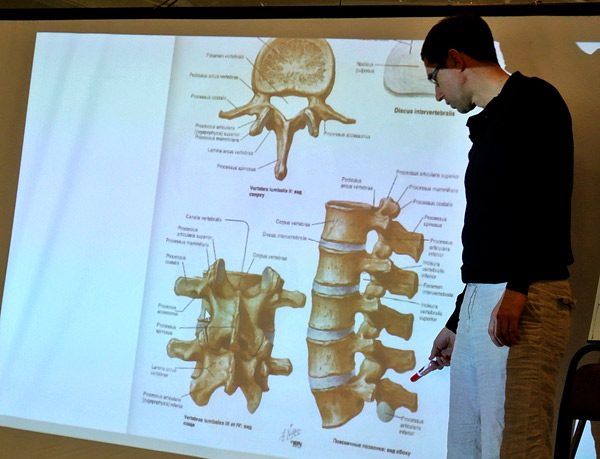Monthly Archives: July 2018
Advaita Vedanta. The doctrine of non-duality
 “Everything consists of emptiness, and form is condensed emptiness.” This is what albert Einstein said at the time. The 1994 Soviet scientific film entitled “Journey to the nanoworld” reveals the essence of things and their true nature. From the point of view of physics, everything actually consists almost entirely of emptiness. If we consider the atom, of which everything in the material world consists, then a detailed examination of it can be found that its nucleus contains almost the entire mass of the atom itself. But the most interesting thing is that the nucleus occupies only one ten-thousandth the size of an atom. Continue reading
“Everything consists of emptiness, and form is condensed emptiness.” This is what albert Einstein said at the time. The 1994 Soviet scientific film entitled “Journey to the nanoworld” reveals the essence of things and their true nature. From the point of view of physics, everything actually consists almost entirely of emptiness. If we consider the atom, of which everything in the material world consists, then a detailed examination of it can be found that its nucleus contains almost the entire mass of the atom itself. But the most interesting thing is that the nucleus occupies only one ten-thousandth the size of an atom. Continue reading
Yoga dictionary. Vikalpa
 Translated from Sanskrit “vikalpa” means “fantasy”, “imagination”. In the yoga sutras Patanjali gives a detailed explanation of such phenomena as Vritti. In the Sutra of the fifth Chapter of the first, Patanjali describes their effect on the mind. In A. Bailey’s version of the translation, the Sutra reads:”there are five States of mind, and they are subject to pleasure or pain, they are painful or not painful.” Later in the sixth Sutra of the same Chapter, Patanjali enumerates the five kinds of Vritti. In A. Bailey’s version of the translation, the Sutra reads: “These modifications are right knowledge, wrong knowledge, fantasy, passivity and memory.” Among the other five types of Vritti, Patanjali mentions here such a phenomenon as Vikalpa, which in A. Bailey’s translation means “fantasy”. In Swami Vivekananda’s version of the translation, “vikalpa “is”verbal illusions”. Krishnamacharya offers the meaning “of vikalpa” as “imagination”. Continue reading
Translated from Sanskrit “vikalpa” means “fantasy”, “imagination”. In the yoga sutras Patanjali gives a detailed explanation of such phenomena as Vritti. In the Sutra of the fifth Chapter of the first, Patanjali describes their effect on the mind. In A. Bailey’s version of the translation, the Sutra reads:”there are five States of mind, and they are subject to pleasure or pain, they are painful or not painful.” Later in the sixth Sutra of the same Chapter, Patanjali enumerates the five kinds of Vritti. In A. Bailey’s version of the translation, the Sutra reads: “These modifications are right knowledge, wrong knowledge, fantasy, passivity and memory.” Among the other five types of Vritti, Patanjali mentions here such a phenomenon as Vikalpa, which in A. Bailey’s translation means “fantasy”. In Swami Vivekananda’s version of the translation, “vikalpa “is”verbal illusions”. Krishnamacharya offers the meaning “of vikalpa” as “imagination”. Continue reading




